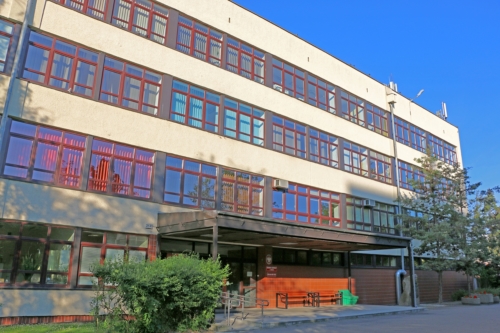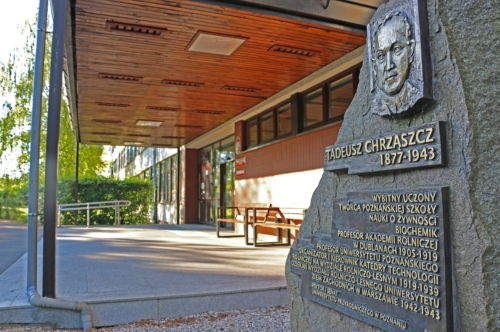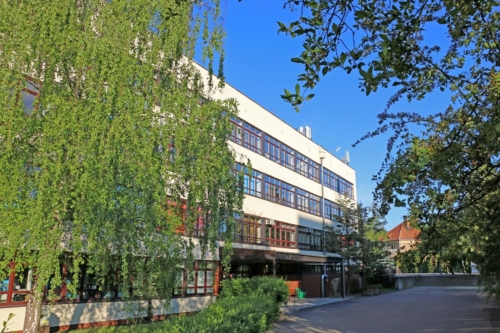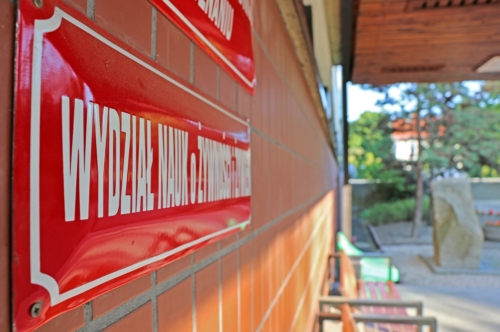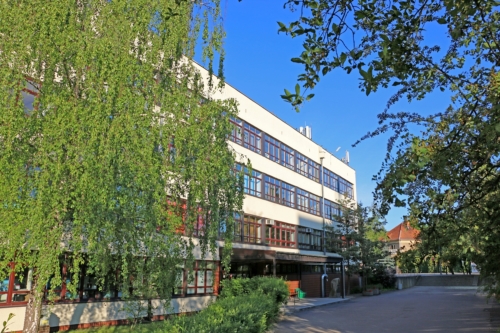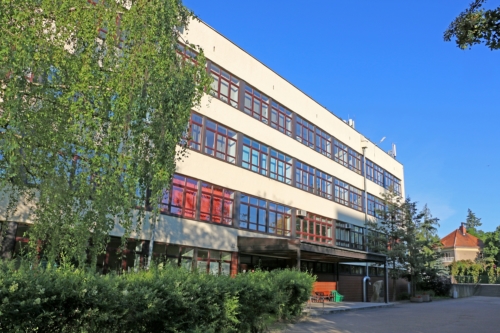Allostatic load and frailty do not covary significantly among older residents of Greater Poland
Jan Jeszka 1 , Darian Hummel 2 , Malgorzata Woźniewicz 1 , Tomoko Morinaka 3 , Yoshiaki Sone 3 4 , Douglas E Crews 5
Abstrakt
Background: Physiological dysregulation/allostatic load and the geriatric syndrome frailty increase with age. As a neurophysiological response system, allostasis supports survival by limiting stressor-related damage. Frailty reflects decreased strength, endurance, and physical abilities secondary to losses of muscle and bone with age. One suggestion, based on large cohort studies of person’s ages 70 + years, is that frailty contributes to allostatic load at older ages. However, small community-based research has not confirmed this specific association. Methods: To further explore possible associations between allostatic load and frailty, we enrolled 211 residents of Greater Poland aged 55-91 years living in a small village (Nekla, N = 104) and an urban center and capital of Greater Poland (Poznan, N = 107). For each, we recorded age, self-reported sex, and residence and estimated a 10-biomarker allostatic load score (ALS) and an 8-biomarker frailty index. We anticipated the following: higher ALS and frailty among men and rural residents; for frailty but not ALS to be higher at older ages; significant associations of ALS with sex and place of residence, but not with age or frailty. The significance of observed associations was evaluated by t-tests and multivariate regression. Results: ALS did not vary significantly between men and women nor between Nekla and Poznan residents overall. However, women showed significantly higher frailty than men. Nekla men showed significantly higher ALS but not frailty, while Nekla women showed nonsignificantly higher ALS and lower frailty than Poznan. In multivariate analyses, neither age, nor sex, nor residence was associated with ALS. Conversely, age, sex, and residence, but not ALS, are associated significantly with frailty. In Nekla, both age and sex, but in Poznan only age, are associated with ALS. Among women, both age and residence, but among men, neither associated with ALS. In no case did ALS associate significantly with frailty. Conclusion: In this sample, lifestyle factors associated with residence, age, and sex influence stress-related physiology, less so in women, while ALS and frailty do not covary, suggesting their underlying promoters are distinct. Similar complex associations of physiological dysregulation with frailty, age, sex, and residence likely exist within many local settings. Knowledge of this variation likely will aid in supporting health and healthcare services among seniors.
Słowa kluczowe: Aging; Allostatic load; Frailty; Poland; Rural; Seniors; Urban
DOI: 10.1186/s40101-024-00359-2




